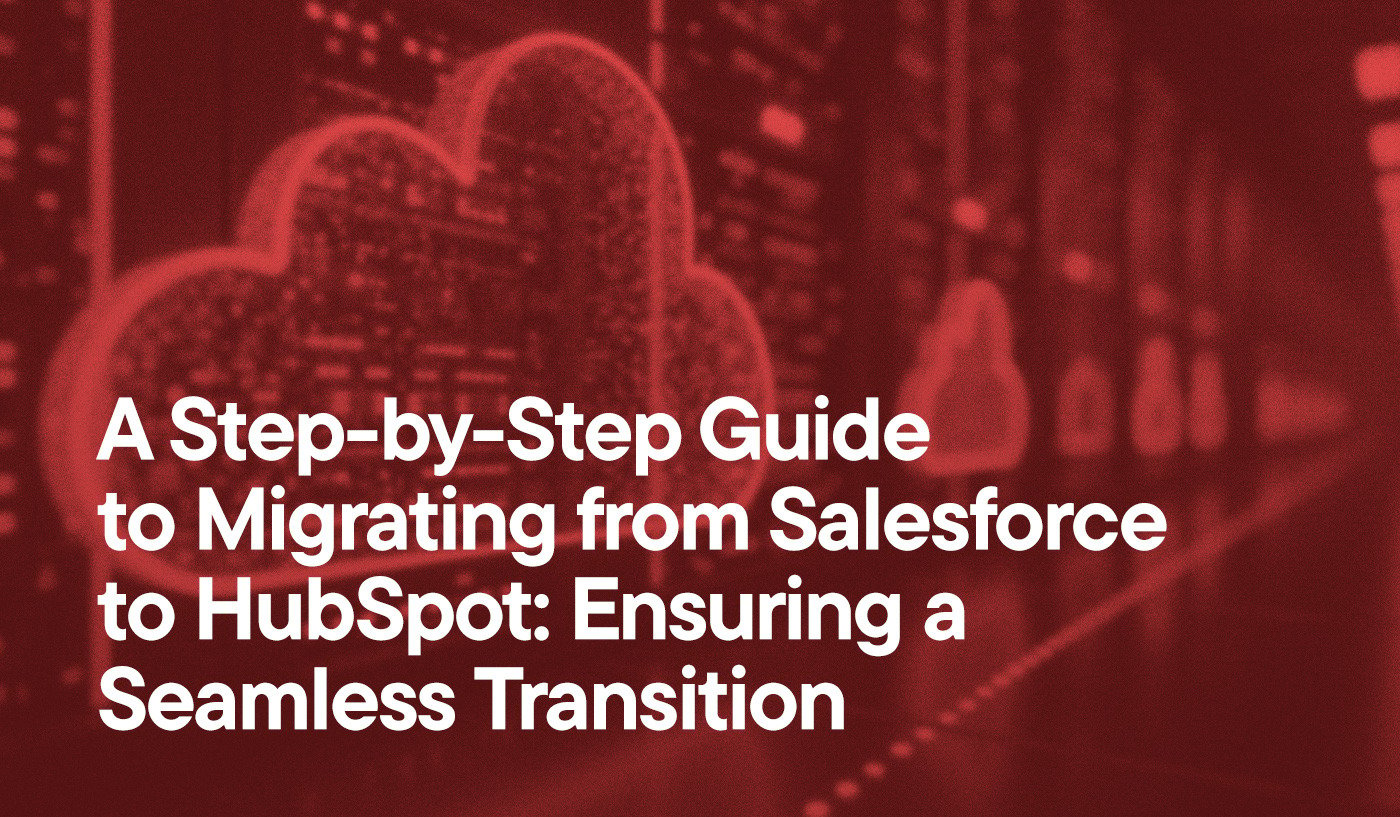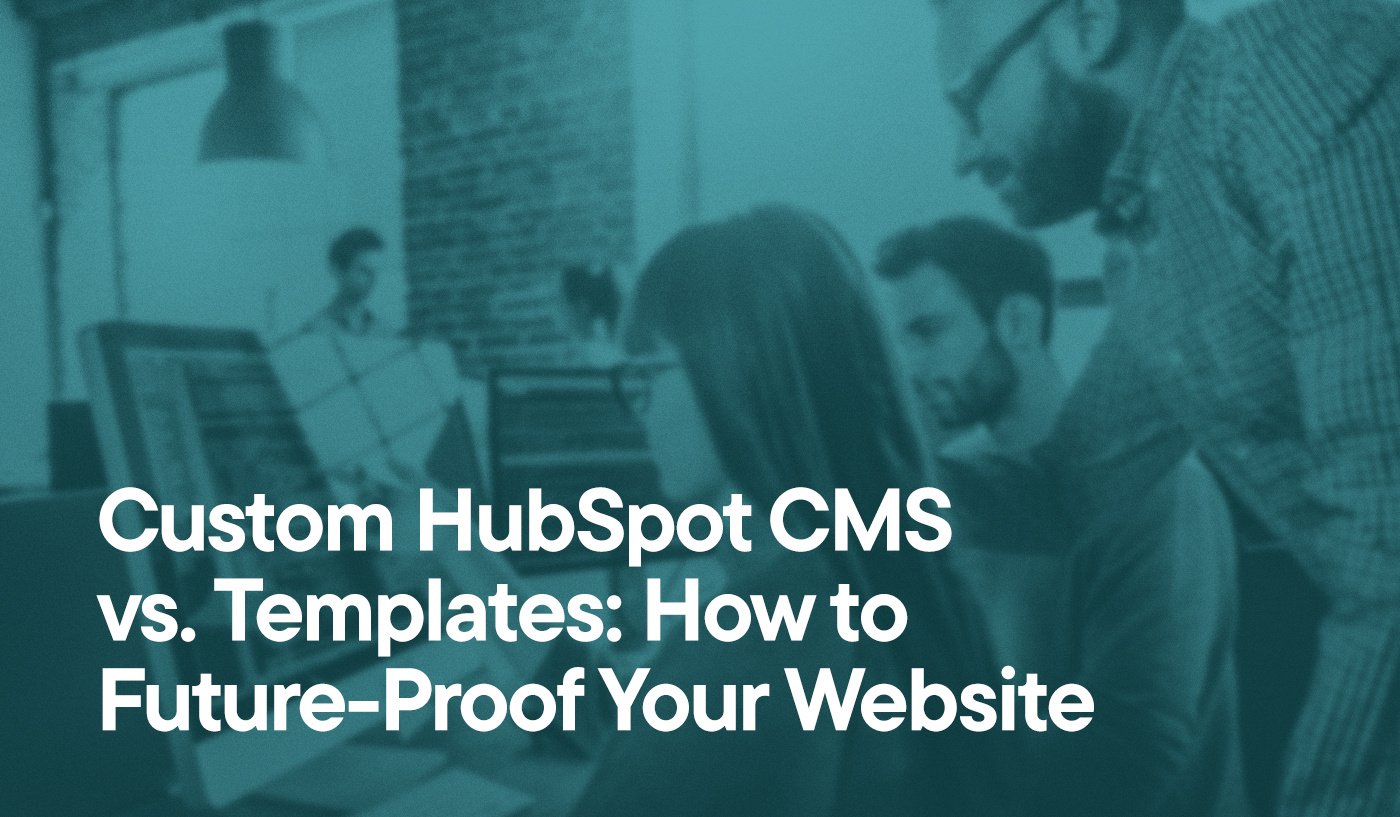The drive to increase traffic to websites and convert those visitors into qualified leads is what fuels most marketing teams. But hitting that marker and stopping there is akin to only going halfway around a racetrack—there’s still a long way to go before you can claim victory.
For a well-rounded marketing blitz, you must get as much as possible out of existing traffic and leads. This effort propels you and your clients toward long-term, viable growth. But what’s the secret to improving conversion rates? It’s called Conversion Rate Optimization (CRO) and here’s the thing: Not only is it decidedly not a secret, it’s also built right into HubSpot.
What Is A Conversion Rate?
We build websites with the purpose of leading visitors to complete a selection of desired actions, this could be a web form, an actual product purchase, or even signing up for a newsletter. A conversion rate is the percentage of visitors that complete this action.
Site pages that are well-designed, effectively formatted, and aesthetically pleasing to a target audience increases conversion rates. Conversely, low conversion rates are the result of a variety of shortcomings in design and/or website performance. This can be anything from copy that doesn’t convey your value, to slow load times, and broken forms—all enemies of a high conversion rate.
What Is Considered A ‘Good’ Conversion Rate?
The quality of your conversion rate percentage depends on a few factors, including what industry you’re in, your goals, audience demographics, traffic channel, and more. This means that, for the most part, what’s considered merely a decent conversion rate to one company might be a massive success for another.
However, there are some interesting figures to examine. One example is the conversion rate of ecommerce websites. Globally, the average conversion rate was 2.17 percent in the third quarter of 2020. This number was down from 2.37 percent the previous year. Yet, in the U.S., conversion rates for ecommerce sites were higher, standing at 2.57 percent.
What Is Conversion Rate Optimization?
When you want to give your conversions a generous boost, you must enhance your website through a process known as Conversion Rate Optimization (CRO). Optimizing your site for conversions leads to a treasure trove of success markers that are sure to make any project manager blush. This includes highly qualified leads, increased revenue, lower acquisition costs, more impressive value from current leads, and the strength to sustain consistent growth.
But CRO only works if it’s applied with total commitment. A properly built website has conversion opportunities at every corner—on the homepage, your blog, landing pages, pricing pages, and even your about page, along with every page in between. Each and every location should be optimized to increase your potential of converting visitors into paying customers.
Free HubSpot Portal Audit
Unlock the Full Potential of Your HubSpot Portal
Request A Portal Audit arrow_forward
HubSpot Tools Support Conversion Rate Optimization
HubSpot CRO tools are crafted with the intent of simplifying the process—or even automating it—so that your conversion rates are optimized at all times. The tools are designed to assist you with lead capture, but also research, heat maps, analytics, feedback, mouse tracking, and running tests.
Text-based CTAs.
Because of their aversion to garish ads, website visitors have gotten quite good at ignoring anything that resembles a banner. Text-based CTAs consist of standalone text that’s linked to a landing page and styled as an H3 or H4, and this approach has been shown to increase the number of leads generated by a blog post.
Lead flows.
Another conversation rate optimization element, lead flows are pop-ups that convert at a high rate and are specifically designed to draw the eye and offer value. Different versions include a slide-in box, drop-down banner, and pop-up box. Which type you choose depends entirely on your offer.
Landing page tests.
When a visitor drops onto a landing page, that means they’re about to become a lead or engage more deeply into your brand. Running A/B tests on landing pages enables you to pinpoint the most effective design and content features. A/B testing leaves you with real data to determine the best version of copy, content offers, form questions, and more.
Automatic email workflows.
Stretching out your team’s talents in automated workflows is possible with the help of marketing automation software. When you send automatic emails with workflows, leads are able to book meetings with a single click. In turn, reps are sent notifications when leads move toward high-intent actions such as viewing prices.
Optimized blog posts.
Blogs create a huge opportunity for conversions—even more so when those blogs are optimized. Identify your blogs with the highest levels of traffic, but the lowest conversion rates, and add elements such as targeted offers and CTAs. And on blogs with high conversion rates, make sure your SERPs are fresh and relevant.
Takeaway
The users who visit your website are inspired to convert into customers for a number of reasons. Conversion Rate Optimization accelerates your ability to make this conversion a reality, helping visitors cross the finish line and become customers.



